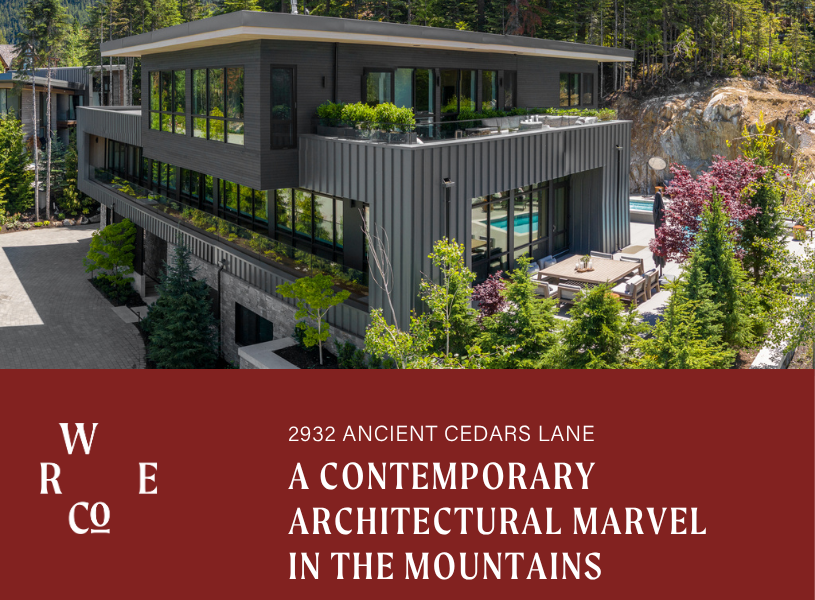The Rise of Passive Houses

In the heart of British Columbia, a quiet revolution in home design is taking place. Passive Houses, the epitome of energy efficiency and sustainable living, are becoming increasingly popular. Two exemplary Passive House properties, located in Whistler, BC, and Pemberton, BC, respectively, illustrate this trend and showcase the rise of this innovative housing concept.
One notable example is the home at 6187 Eagle Drive in Whistler, BC. Located in the sought-after Whistler Cay Heights neighborhood, this 4,968 sq. ft. home, situated on a 7,612 sq. ft. lot, boasts four bedrooms and six bathrooms. The property blends luxury with sustainability, showcasing what Passive House design offers.
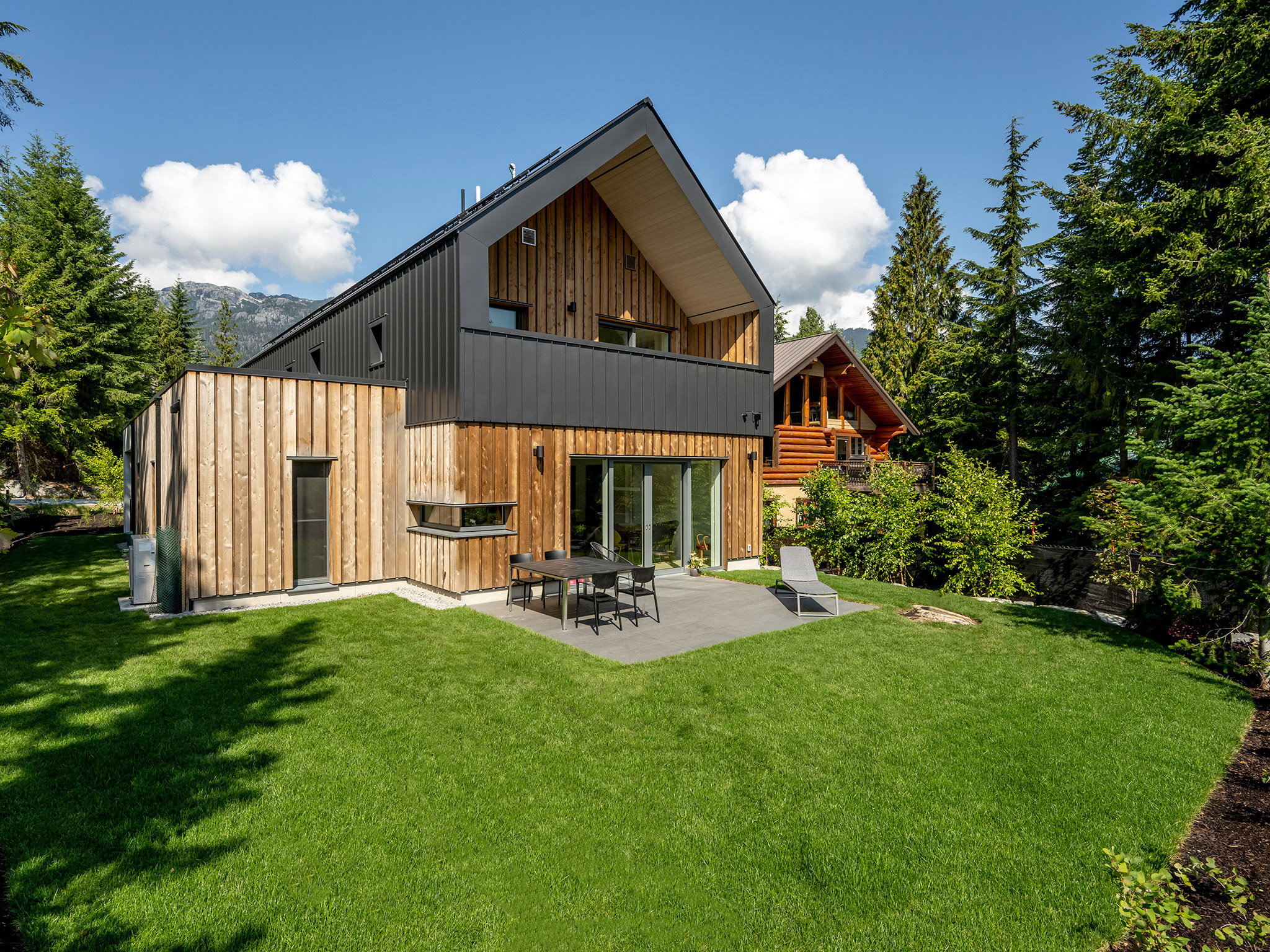
6187 Eagle Drive, Whistler
Designed by Pemberton-based BC Passive House and constructed by Dürfeld Constructors, this home was built in less than two years, underscoring the efficiency and swiftness of Passive House construction. The owners, inspired by their years in Europe and their experience living in a 16th-century home in Northern Italy, aimed to create a residence that harmonizes with the natural environment while incorporating modern, energy-efficient technologies. Their Whistler home features triple-pane windows, deliberate solar exposure and solar panel placement, and an airtight wood-burning fireplace. These elements work together to maintain consistent indoor temperatures and high air quality throughout the year.
6187 Eagle Drive also benefits from its prime location, within walking distance of Whistler Village, the Whistler Golf Course, and the extensive Valley Trail system. The home offers stunning views from Blackcomb to Wedge Mountain and an eclectic, art-inspired contemporary interior design that complements its integration of wood panels and bespoke natural finishes.
Another local resident from Pemberton, Annie Oja, shares a similar passion for sustainable living. Her Passive House, characterized by airtight construction and top-tier insulation, drastically reduces traditional heating and cooling needs. Annie highlights the comfort of living in a Passive House, noting, “The air inside my home is always fresh, and the temperature is perfect year-round.” Her home’s large windows offer expansive views and natural light without compromising energy efficiency, and the Heat Recovery Ventilation (HRV) system ensures a continuous supply of fresh indoor air.
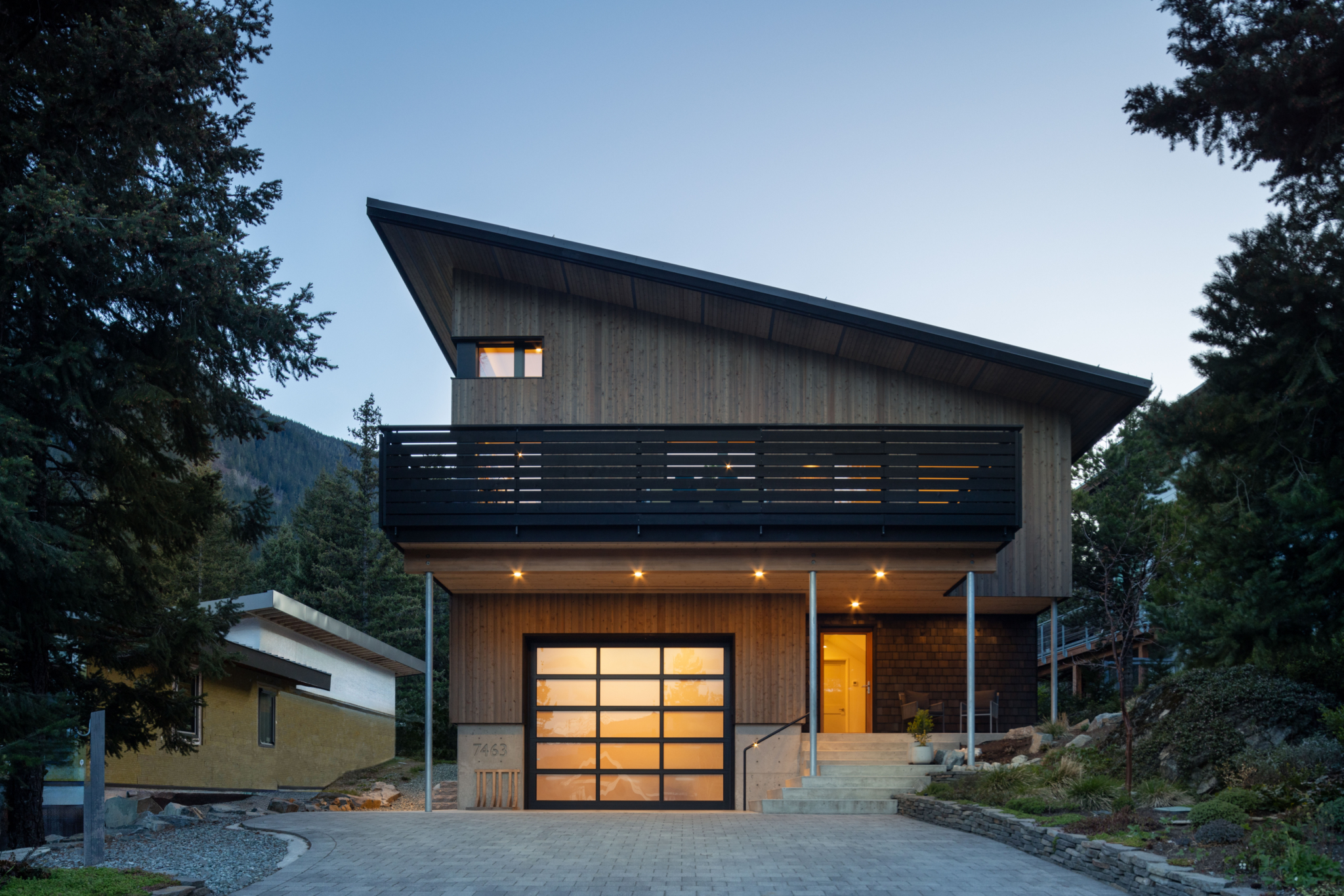
7463 Dogwood Street, Pemberton
The rise of Passive Houses in BC reflects a growing commitment to sustainable living. “In a Passive House building,” describes Passive House Canada, “the primary goal is to achieve a superbly well-insulated and tightly sealed building envelope, then introduce fresh air via a very high-efficiency heat recovery ventilation system.”
Reflecting on her experience, Annie remarks, “Living in a Passive House has redefined what home means to me. It’s about shelter but also about creating a healthy, sustainable, and comfortable space.” Both 6187 Eagle Drive and 7463 Dogwood Street illustrate how Passive Houses are more than just residences—they represent a commitment to a better living.
The Growing Appeal of Passive Houses in BC
The growing appeal of Passive Houses in British Columbia is not limited to individual homeowners. The movement has garnered significant attention from architects, builders, and environmentalists who see it as a crucial step towards addressing climate change and promoting sustainable living practices. This shared commitment to a better future creates a strong sense of community and shared values among the residents of Passive Houses, making them feel connected and part of a more significant movement.
BC Passive House, a pioneering force behind this movement, has been instrumental in driving Passive House builds forward. Their prefabricated wood panel systems are meticulously designed to meet the stringent requirements of the Passive House Standard, with a focus on energy efficiency, durability, and comfort. These systems are manufactured with precision, ensuring that every component contributes to the overall performance of the building.
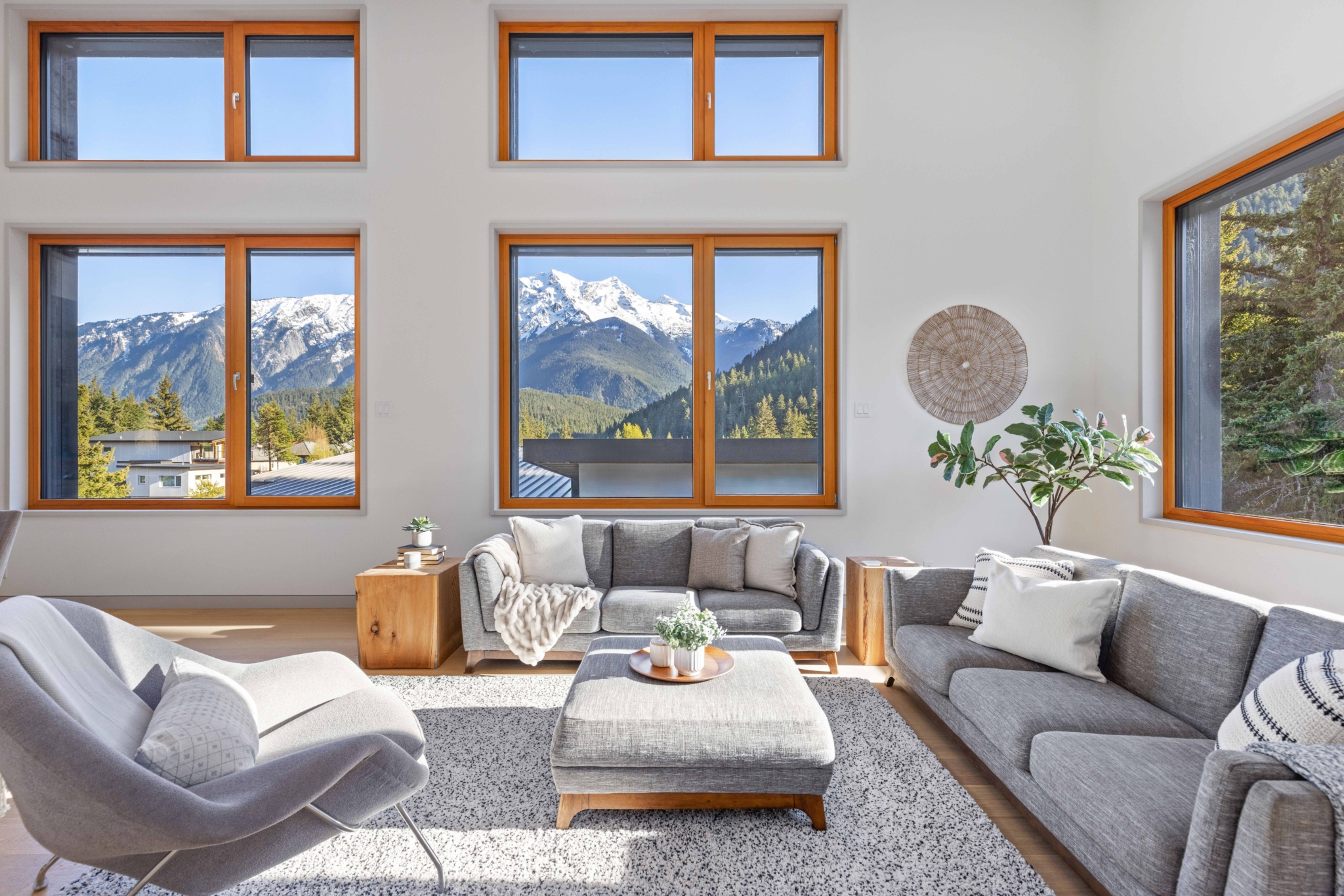
7463 Dogwood Street, Pemberton
Environmental Impact and Sustainability
The environmental impact of Passive Houses cannot be overstated. Buildings are responsible for substantial global energy consumption and greenhouse gas emissions. Passive Houses significantly reduce carbon footprints by drastically reducing the energy required for heating and cooling. Wood as a primary building material further enhances their sustainability, as wood has low embodied energy compared to materials like steel and concrete. Additionally, using 1m³ of wood reduces 1 ton of carbon from the atmosphere, making Passive Houses an environmentally friendly choice.
The United Nations recognizes the Passive House Standard as an optimal approach to constructing climate-resilient, energy-efficient buildings. This endorsement not only underscores the global significance of the Passive House movement but also highlights each individual’s role in global sustainability. By choosing to live in a Passive House, residents of British Columbia are not just improving their own lives but also contributing to a global solution to climate change.
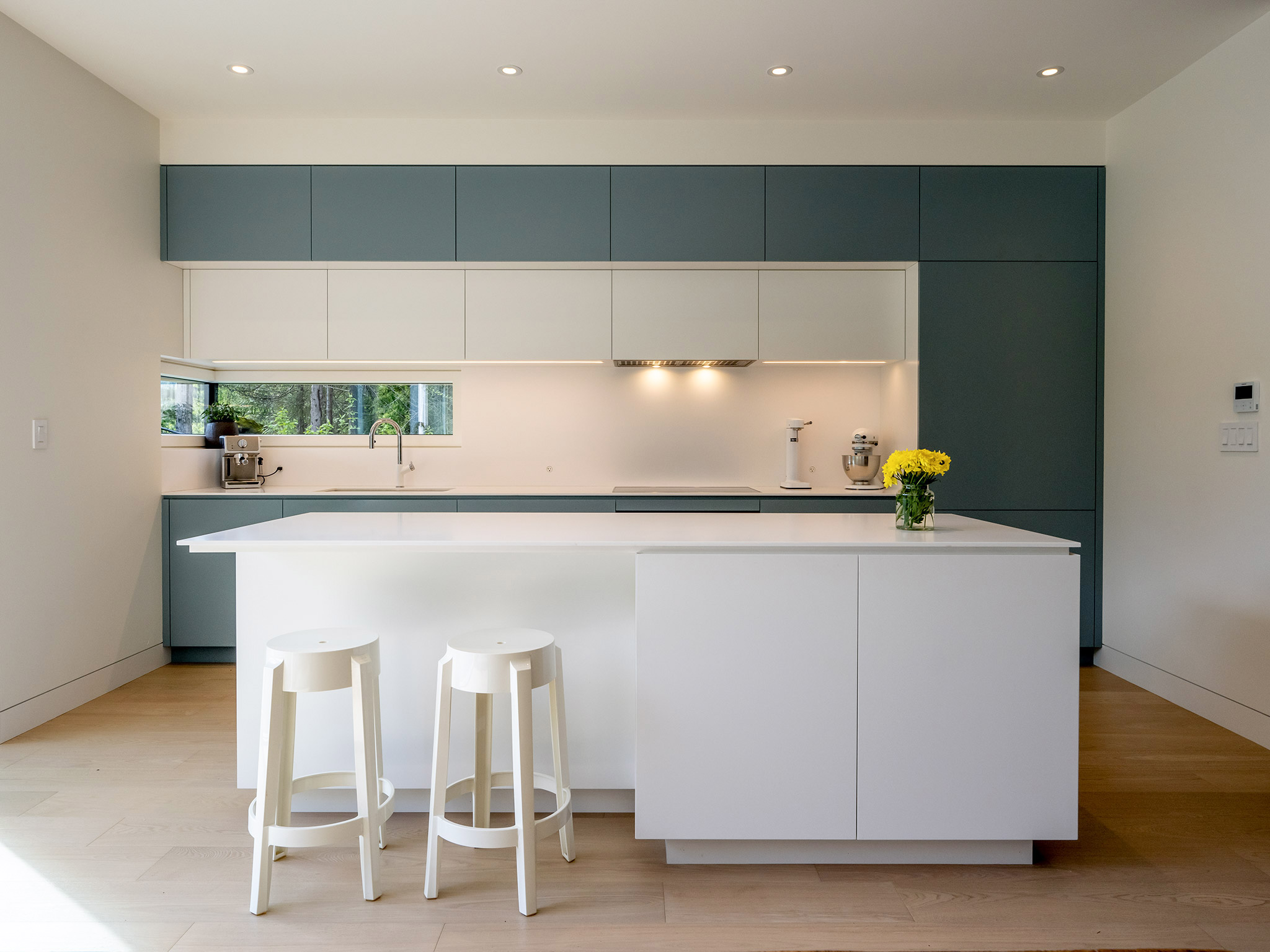
6187 Eagle Drive, Whistler
Economic Benefits and Long-Term Savings
While the initial costs of building a Passive House can be higher than those of traditional homes, the long-term economic benefits are substantial. Passive houses are designed to be highly energy-efficient, translating into significantly lower energy bills for the home’s life. Homeowners like Annie and the residents of 6187 Eagle Drive enjoy the financial savings of reduced heating and cooling costs.
Moreover, the durable construction and high-quality materials used in Passive Houses lead to lower maintenance expenses, further enhancing their economic benefit. The financial feasibility and superior living comfort provided by consistent indoor climates and high air quality make Passive Houses a wise investment for the environment and your pocket.
Comfort and Quality of Life
One of the most compelling reasons to choose a Passive House is its superior comfort and quality of life. The airtight construction and high-quality insulation ensure that indoor temperatures remain stable throughout the year, eliminating the discomfort of temperature fluctuations. The HRV systems used in Passive Houses continuously provide fresh, filtered air, enhancing indoor air quality, and promoting a healthier living environment.
Annie’s experience living in her Passive House is a testament to these benefits. She describes the consistent indoor climate and fresh air as transformative, noting that it has redefined her concept of home. The large windows and thoughtful design elements contribute to spaciousness and connection to the natural surroundings, inspiring a new way of living.
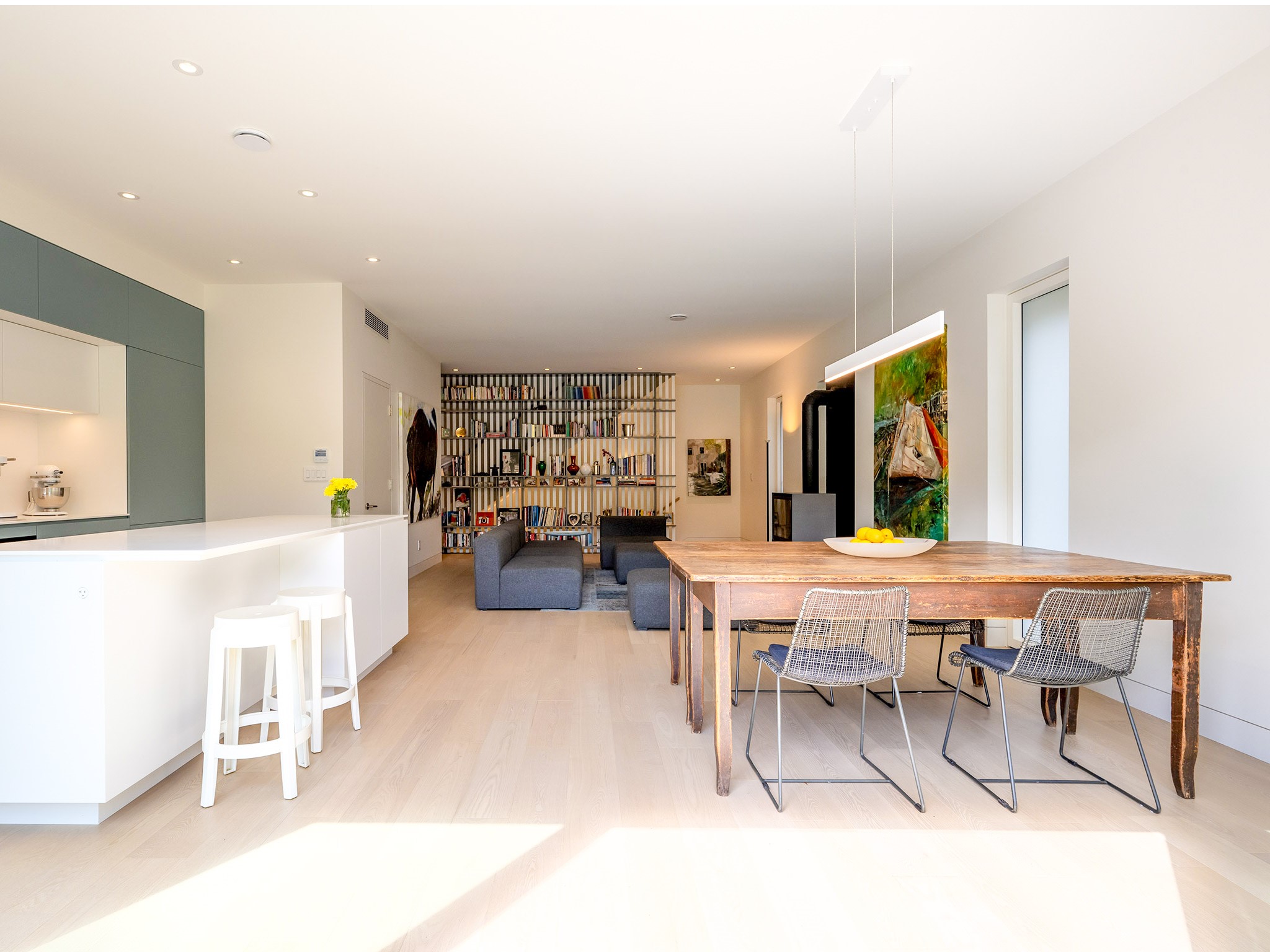
6187 Eagle Drive, Whistler
Design and Aesthetics
Passive Houses are not just about functionality; they are also designed to be aesthetically pleasing. Both the 6187 Eagle Drive and 7463 Dogwood Street homes feature contemporary designs that integrate seamlessly with their natural surroundings. Natural materials, expansive windows, and bespoke finishes create a harmonious blend of beauty and sustainability.
The interior design at 6187 Eagle Drive is eclectic and art-inspired, with each element carefully chosen to complement the home’s overall aesthetic. Integrating wood panels and natural finishes adds warmth and character, creating an inviting and environmentally conscious space.
Challenges and Considerations
Despite the numerous benefits, building a Passive House comes with its challenges. The design and construction process requires meticulous planning and attention to detail to meet the stringent standards of the Passive House certification.
“One of the biggest challenges in buildings,” explains BC Passive House, “is maintaining consistent temperature and air quality. Passive House design focuses on consistent temperature throughout the living spaces while at the same time ensuring a constant supply of fresh air.” Builders and architects must know the specific requirements and techniques to create a highly energy-efficient building.
Additionally, while the long-term savings are significant, the higher upfront costs can be a barrier for some homeowners. However, as the demand for sustainable housing grows, Passive House construction costs are expected to become more competitive, making it accessible to more people.

7463 Dogwood Street, Pemberton
The Future of Passive Houses in BC
The rise of Passive Houses in BC indicates a broader shift towards sustainable living. The demand will likely continue growing as more people become aware of these homes’ environmental, economic, and health benefits. Organizations like BC Passive House and Passive House Canada are crucial in promoting this movement and providing the necessary resources and expertise to support its growth.
The future of Passive Houses in BC and beyond appears promising. Advances in building technology and increased awareness of the importance of sustainable living drive the adoption of Passive House standards. These homes represent a forward-thinking approach to construction that prioritizes the well-being of the inhabitants and the planet.
The rise of Passive Houses in British Columbia highlights a significant shift towards sustainable living. With substantial environmental, economic, and comfort advantages, these homes are more than just residences—they are a commitment to a better way of living. These local examples illustrate the transformative potential of Passive House design.
As the movement gains momentum, the future of housing looks greener and more sustainable. For those considering a new home, a Passive House represents an innovative and forward-thinking choice that promises long-term benefits for both the homeowners and the environment. Embracing this standard is not just an investment in property but an investment in a sustainable future.
Written by: Maria Stevens
Source: https://www.passivehousecanada.com/about-passive-house-canada/
Source: https://www.bcpassivehouse.com/

